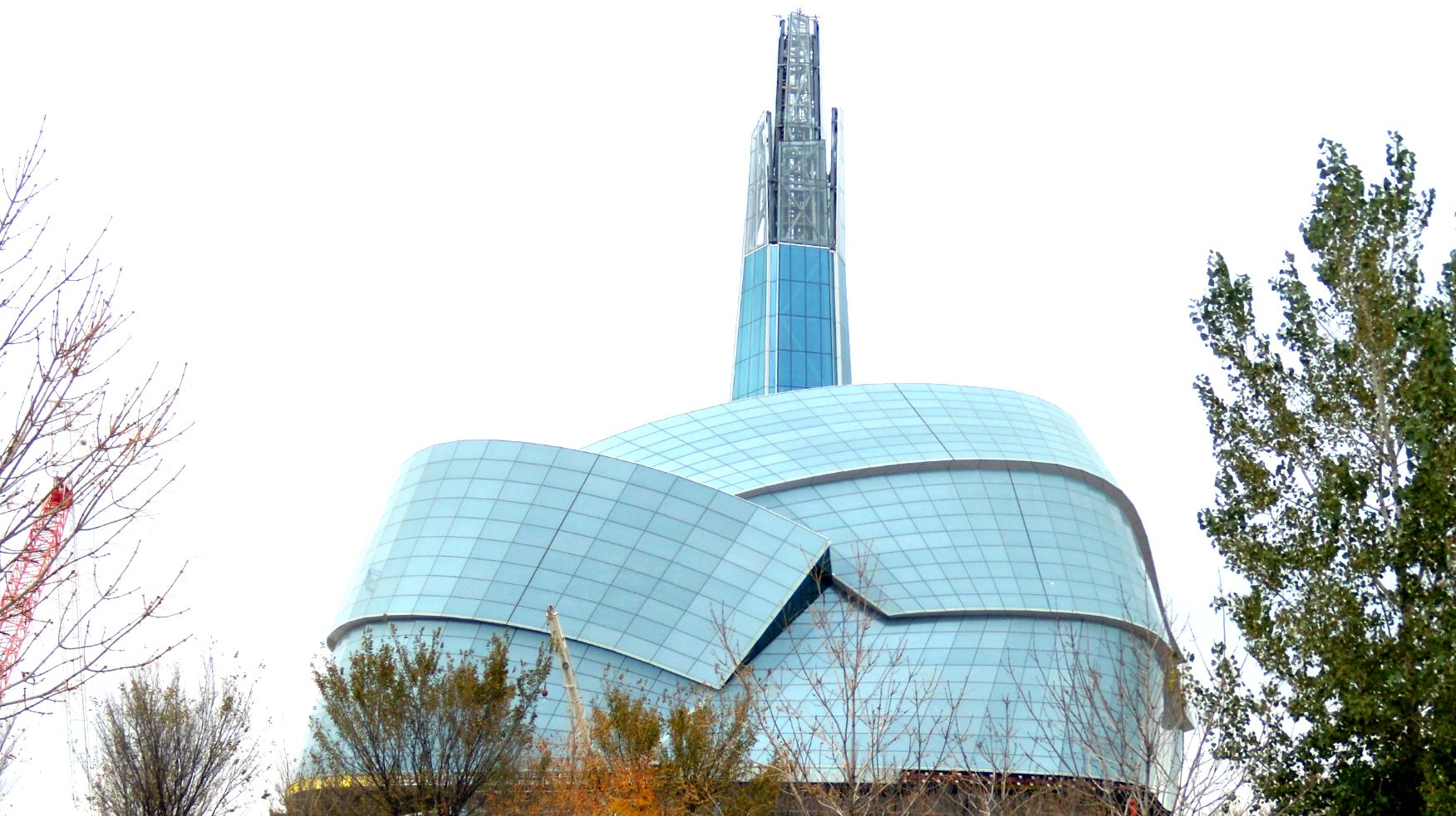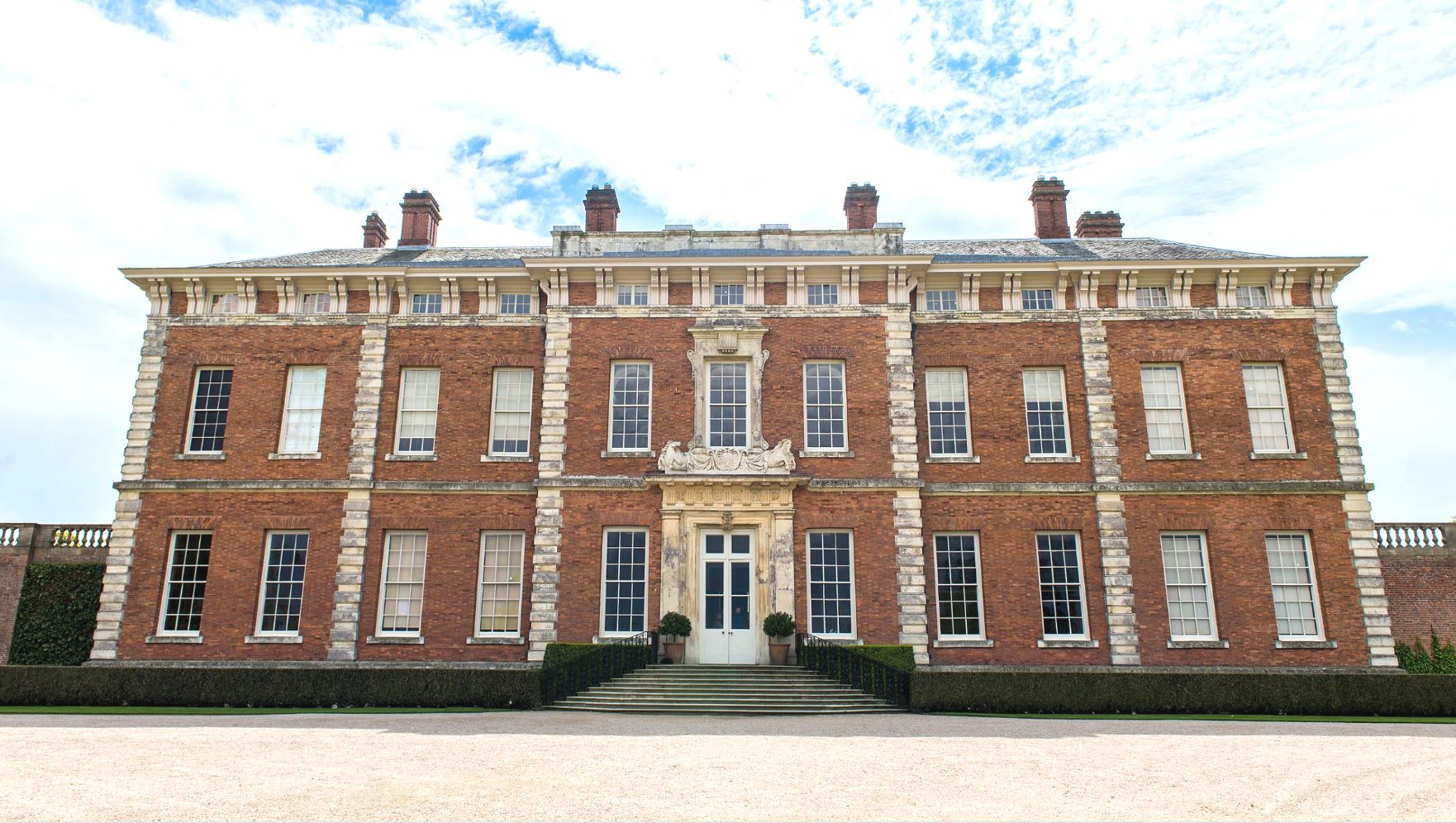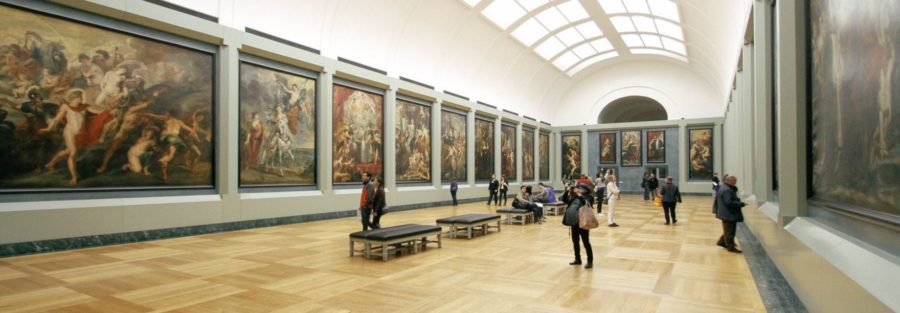“Museums for equality: diversity and inclusion” – the International Museum Day theme for 2020 is a nudge for museums worldwide to take Accessibility for disabled visitors ‘earnestly.’
Museum’s worldwide records an average of 54 million visitors every year. Approximately 4% to 11% of those museum visitors are individuals with different forms of physical disabilities. All need uniform access to museum spaces, from those on wheelchairs to the non-sighted, hearing impaired, dementia, autistic, and other neurodegenerative diseases. The physically disabled need to have equal comfort and utilitarianism as their regular counterparts. Many museums today take pride in showcasing visual displays of their exhibits. But, for museums to be genuinely accessible to ‘all,’ multisensory approaches need to be implemented alongside their visual artifacts.
Supportive aids like sign language video for the hearing impaired, braille transcribed text and audio encryption for the non-sighted, AI-powered mobile apps for self-guided tours are a few of the many initiatives that can make a museum equitable to ‘all.’
codemantra’s Solution for Museums
Museums are the last treasures of culture for future generations. codemantra has worked with some of the biggest museums like The Metropolitan Museum of Art and The Chicago Art Institute, to help remediate their monographs. To know more about codemantra’s solutions for museums click here.
This article will show you how four museums & art galleries have raised the bar by setting inclusivity and accessibility standards in their museums & art galleries. These institutions leveraged the possibilities of technology, replacing routine museum operations with robust accessibility components to make their spaces convenient for disabled visitors.
Canadian Standards of Human Rights, Canada

Inaugurated in September 2014, ‘The Canadian Standards of Human Rights’ was globally recognized as one of the world’s most accessible and disabled-friendly museums. At the construction time, the museum staff profoundly collaborated with diverse communities and organizations that championed disability.
The architects were inclusive of design suggestions from organizations like Canadians with Disabilities (CDD) and the Inclusive Design Research Centre at Ontario College of Art and Design (OCAD) during the construction process of the museum infrastructure. The museum administration also conceptualized an Inclusive Design Advisory Council (IDAC) committee with advisors, activists, and experts in the domain of disability rights to steer the building plans of the museum. The result was a museum that was genuinely inclusive of ‘all’ its visitors.
Usability and accessibility for ‘all’ remained the key objective of the Canadian Museum for Human Rights. 120 Universal access points (UAP), Interactive Universal Keypad (IUK), and a Touch Screen Interface (TSI), and 100 hours of Audio-video (AV) along with more than 100 hours of video with American Sign Language (ASL) communication were displayed along-side the exhibits of the Museum. The social institution relied on technology to offer accessibility for non-sighted disabled visitors. For example, the CMHR mobile app providing accessibility encrypted self-guided tours, text-based transcripts, interactive maps, and ‘Near Me’ bluetooth features were available for visitors to make their most from their museum visits. The ‘Near Me’ mode, in particular, proved advantageous for low and non-sighted visitors: they were able to connect to the Universal Access Points (UAP’s) within the museum to receive audio information of the gallery exhibits. The exhibits complied with stringent graphic standards as well: only colors that were visible for ‘all’ were displayed. The typographic elements of text size, lines-spaces, positioning, and placement of display boards were all positioned to be well within the line of direct sight of the museum’s physically disabled visitors. Be it the design, the physical infrastructure, or day-to-day operational processes, the eleven galleries and seven theatres of the Canadian Museum of Human Rights prioritizes ‘accessibility’ over everything else.
Museo del Prado, Spain

The El Prado museum has always been well-reputed for visitor inclusivity. The novel initiatives for individuals visiting with visual challenges, hearing impairments, dementia, autism, and other neurodegenerative challenges puts them in the league of pioneers in museum accessibility.
In a recent initiative, ‘Touching the Prado,’ the museum integrated 3D and accentuated contour renderings for six of its most regarded painting exhibits. The novel artistic aesthetics on the six pieces enabled the non-sighted visitors to mentally recreate the paintings by the sensory ‘touch and feel of the artwork. Didactic materials like braille texts, audio self-guides truly enhanced the museum experience for physically disabled visitors. The Museum’s multi-sensorial displays have inspired museums’ across Europe: the best practices of El Parado and its disable friendly approaches are being included in gallery exhibits of other museums in Spain and Europe.
Beningbrough Hall, Swindon

Art at Beningbrough Hall is a gallery of historical prominence. Positioned amidst a 380-acre estate enveloped by vibrant-colorful gardens, parks, restaurants, and a play area, the museum has an average of one hundred and fifty thousand visitors each year. Recently the legacy institution committed to accessibility initiatives, transforming its legendary spaces into more inclusive and disabled-friendly ones.
As a first step, improved access, especially for those in a wheelchair, was re-engineered for the hall, parkland, and gardens of Begingbrough. The museum staff also fitted audio guides exclusive for every art room to provide additional information to the museum’s non-sighted or print-disabled visitors. The walled and french-styled gardens were regularly pruned to provide better pathway access to ‘all’ its visitors. The administration also included a cantilever basket swing for disabled children in the play area.
The renowned Beginbrough Hall recorded 55,000 additional visitors after implementing these structural changes for the disabled. Many, including the National Trust, believe it was the ‘accessibility’ approaches and disabled-friendly re-structuring that led to the increased number of visits to Beginbrough.
Leicester Castle, United Kingdom

The Leicester Castle, also the official residence of Kings Henry IV, Henry V, Henry VI, and Edward IV, recently improved the Accessibility quotient of its palace spaces. Implementing the iBeacon App, developed by the research teams in the School of Museums, University of Leicester, the museum administration provides self-guided tours of the palace courtrooms for its visitors. Beacons are placed in discreet & strategic places in the courtroom for both disabled and regular visitors. When interacting with an approaching iBeacon mobile app user, the positioned beacons send Bluetooth signals, which further initiates audio narratives about the historical context and information about the courtyard.
Non-sighted visitors who cannot consume visual and text content have greatly benefited from the iBeacon application implemented by Leicester Castle. The automatic audio trails let the visually impaired visitors visualize and understand location-specific information about Leicester castle. The accessibility enhancements have truly made Leicester Castle inclusive of all its diverse visitors.
Museums are one of the many social institutions that are not ‘yet,’ fully inclusive of individuals with physical disabilities. But, the best practices from these four social institutions stand as a beacon for their counterparts across the world. museums need to rely on ‘sense of hearing’ and ‘sense of touch,’ as much as it depends on ‘sense of sight’ to display its exhibits. Equitable experience, both for the regular and physically disabled, can be offered by integrating accessibility components into museum pieces. At codemantra, we are committed to making just that!
As pioneers in the field of Accessibility, we can transform your museum spaces to become more Inclusive and Equitable to all your visitors. Learn how we can improve the Accessibility of your Museum Infrastructure.



